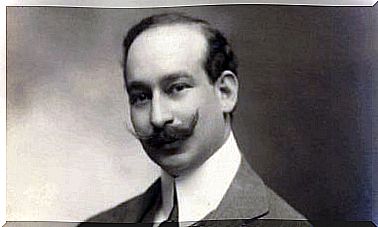Do You Communicate Passively Or Assertively?

Surely you know those types of people who, with their way of speaking, communicating, already denote a certain implicit violence. And even more, you will also have encountered those others with whom you feel a certain distrust: because of their elusive gaze, because of their condescension, because of an attitude that borders on falsehood, making you feel uncomfortable.
The reality of all this is that, deep down, we all know how to read between the lines and intuit what type of personality the person in front of us has when we talk to her .
It is worth giving a little review of the three basic styles of communication, not only to better understand those we have with us at work, on the street, in the family. Also to do a small act of introspection regarding our attitude when it comes to expressing, expressing our opinions and dialoguing. Let’s see it next:
MAIN COMMUNICATION STYLES
1.
We are sure that you have encountered this type of communication more than once. It is based primarily on the idea that one’s point of view and desires are above all others. When we speak of aggressive language we are not referring at all to people who use bad-sounding words, who raise their voices and who address us in an insulting way.
They do not hesitate to humiliate those around them, but when they do, they have a special gift for making us believe that they are doing it for our good. To teach us, to show us how things are from his own point of view.
2.
This type of communication is very common. Its main characteristic is that the person who uses it does not usually express or transmit their thoughts openly and directly. It can carry a normal conversation with you, but little by little you will realize that it hardly gives you any information, that you are the one who speaks most of the time.
They are rather passive people who hide what they think for two reasons. The first is because he does not want to hurt you by telling you what he has in mind, or he simply does not dare. They can be somewhat shy, somewhat closed people or, simply, their self-esteem at that moment is not very high and they do not feel comfortable or safe arguing what they really feel.
3.
This is without a doubt the type of communication that we should all practice. It is the healthiest, the most productive and necessary among us. And what is it based on? In expressing our ideas openly and directly, without hurting, without manipulating, without offending … for this you have to know how to manage emotions very well, knowing above all when to communicate and how to do it.
When they communicate, they use first of all the personal pronoun: “I believe, I think, I think”. Doing so does not imply a trait of selfishness at all. What we want is to be sincere and open, always providing the correct information so that the dialogue is productive and effective. Providing confidence, openness, transmitting values and balance.
We know that sometimes, the type of communication depends on the moment. Sometimes our self-esteem is not very high and we are not able to dialogue effectively. At other times, you feel annoyed with a person and lean towards aggressive communication…. falling into these poles is common. But we must encourage, develop and practice assertive communication above all. And you already do it?









